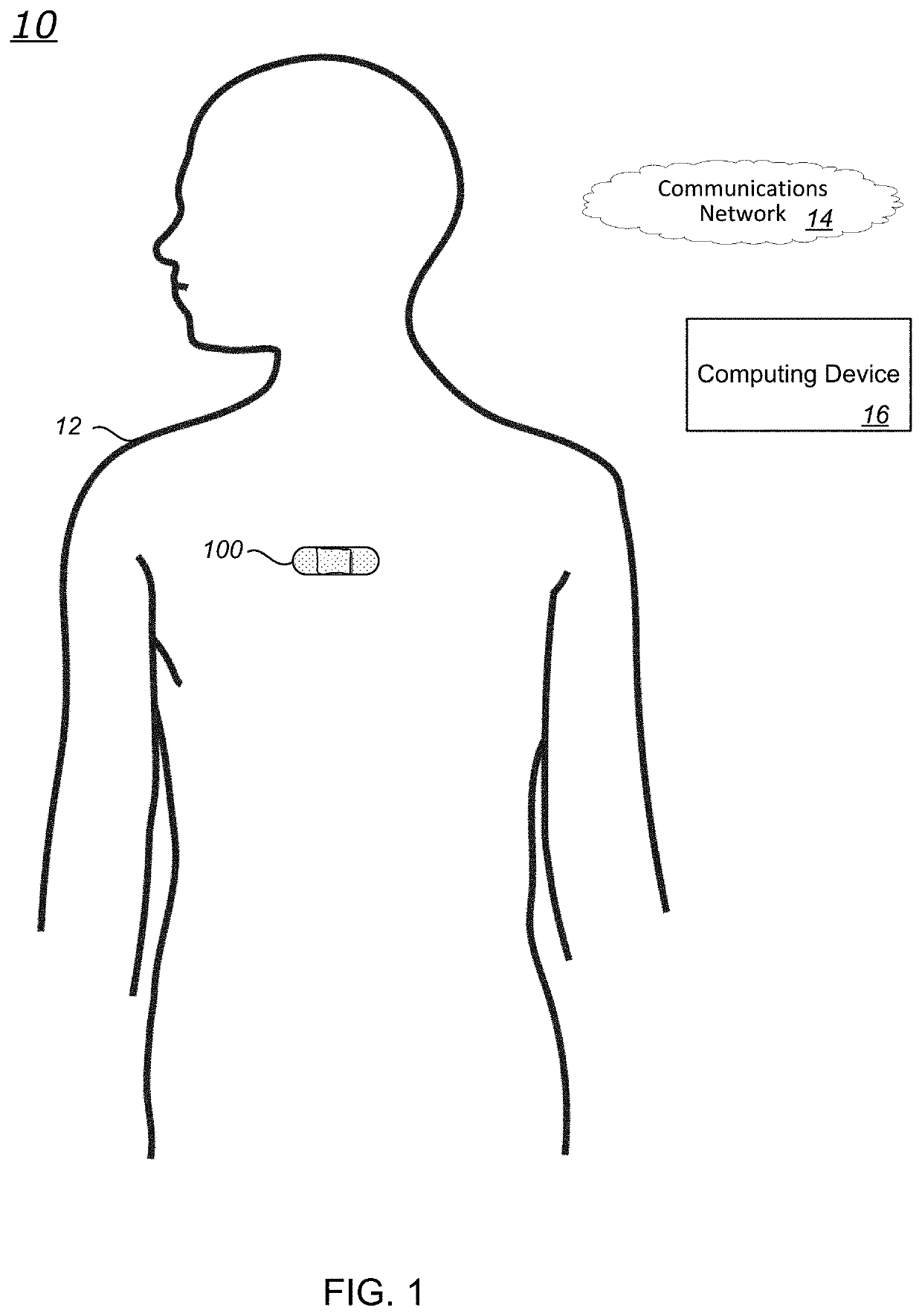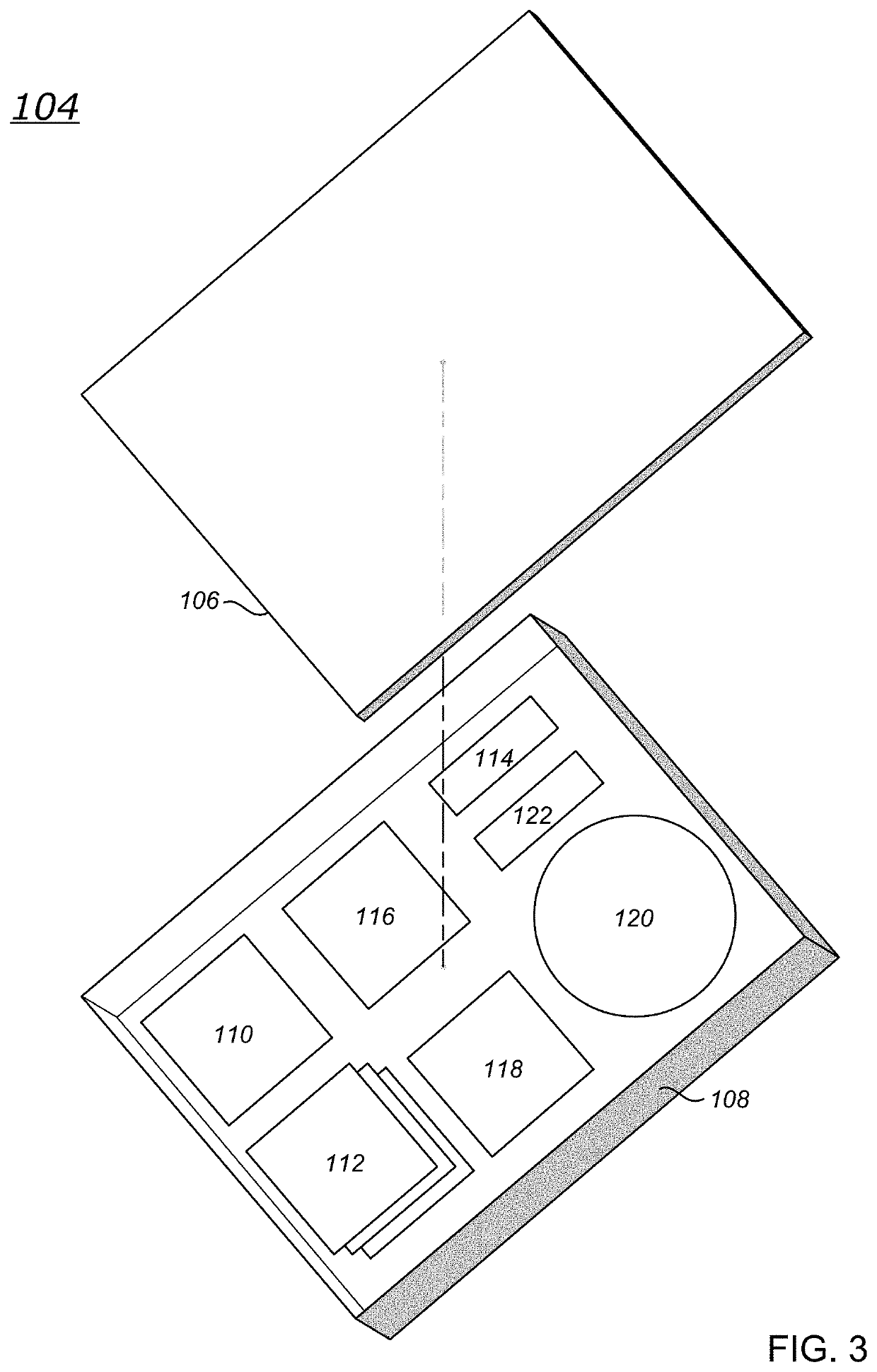Sleep apnea detection
a technology for sleep apnea and detection, which is applied in the field of sleep apnea detection, can solve the problems of poor sleep study results, no inexpensive, reliable and reliable ways to properly diagnose sleep apnea, and patients who are improperly diagnosed with sleep apnea
- Summary
- Abstract
- Description
- Claims
- Application Information
AI Technical Summary
Benefits of technology
Problems solved by technology
Method used
Image
Examples
Embodiment Construction
[0020]The present invention may be understood more readily by reference to this detailed description of the invention. The terminology used herein is for the purpose of describing specific embodiments only and is not limiting to the claims unless a court or accepted body of competent jurisdiction determines that such terminology is limiting. Unless specifically defined herein, the terminology used herein is to be given its traditional meaning as known in the relevant art.
[0021]In the present case, the inventor has recognized that misdiagnosis of sleep apnea can cause one set of problems, and the misdiagnosis of no-sleep-apnea can cause a different set of problems. Sleep apnea is treated with a continuous positive airway pressure (CPAP) machine. A CPAP machine is expensive, invasive, and typically uncomfortable for a patient to use. Nevertheless, a CPAP machine remains the accepted form of non-surgical treatment currently available for sleep apnea sufferers. A patient that is misdiag...
PUM
 Login to View More
Login to View More Abstract
Description
Claims
Application Information
 Login to View More
Login to View More - R&D
- Intellectual Property
- Life Sciences
- Materials
- Tech Scout
- Unparalleled Data Quality
- Higher Quality Content
- 60% Fewer Hallucinations
Browse by: Latest US Patents, China's latest patents, Technical Efficacy Thesaurus, Application Domain, Technology Topic, Popular Technical Reports.
© 2025 PatSnap. All rights reserved.Legal|Privacy policy|Modern Slavery Act Transparency Statement|Sitemap|About US| Contact US: help@patsnap.com



